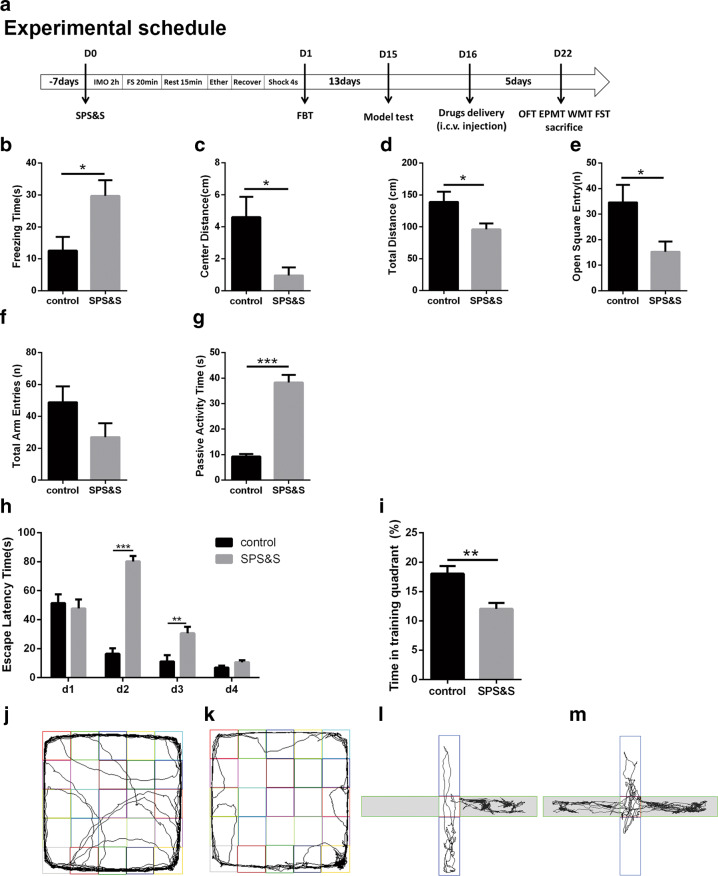Fig. 1. Experimental schedule and effects of SPS&S procedure on behavior test.
a After a 1-week period to habituate to their housing conditions, the rats in the PTSD group rats were exposed to single prolonged stress and electric foot shock (SPS&S), including being immobilized for 2 h (IMO 2 h), forced swim for 20 min (FS 20 min), rest period for 15 min (Rest 15 min), exposure to ether until loss of consciousness (Ether), followed by a 30 min recovery. The rats were then shocked for 4 s (Shock 4 s). On the second day after SPS&S, the rats were tested for freezing behavior (FBT). After an undisturbed period in their home cages, the model test was conducted to rats, and the drugs were administrated via intracerebroventricular (i.c.v.) injection. Behavior tests were assessed after 5 days recovery including the open field test (OFT), the elevated plus maze test (EPMT), the water maze test (WMT) and the forced swim test (FST). b The freezing time in FBT (Student’s t-test: t = −2.643, p = 0.019). c, d The distance traveled in the center square (Student’s t-test: t = 2.650, p = 0.026) and total distance (t = 2.354, p = 0.038) in OFT. e, f The entries in the open arms (Student’s t-test: t = 2.436, p = 0.029) and total arm entries (t = 1.646, p = 0.122) in EPMT. g The passive activity time in FST (Student’s t-test: t = −9.130, p = 0.000). h, i The escape latency time in place navigation test (MANOVA: F(3, 42) = 27.992, p = 0.000; the second day: p = 0.000 and third day: p = 0.007) and time spend in training quadrant in spatial probe test (Student’s t-test: t = 3.626, p = 0.003) of WMT. j, k, l, m Representative video tracking images during EMPT and OFT, j, l control group, k, m SPS&S group. Data are represented as mean ± SEM. *p < 0.05 was expressed statistically significant. *p < 0.05, **p < 0.01, and ***p < 0.001 compared with control group.

